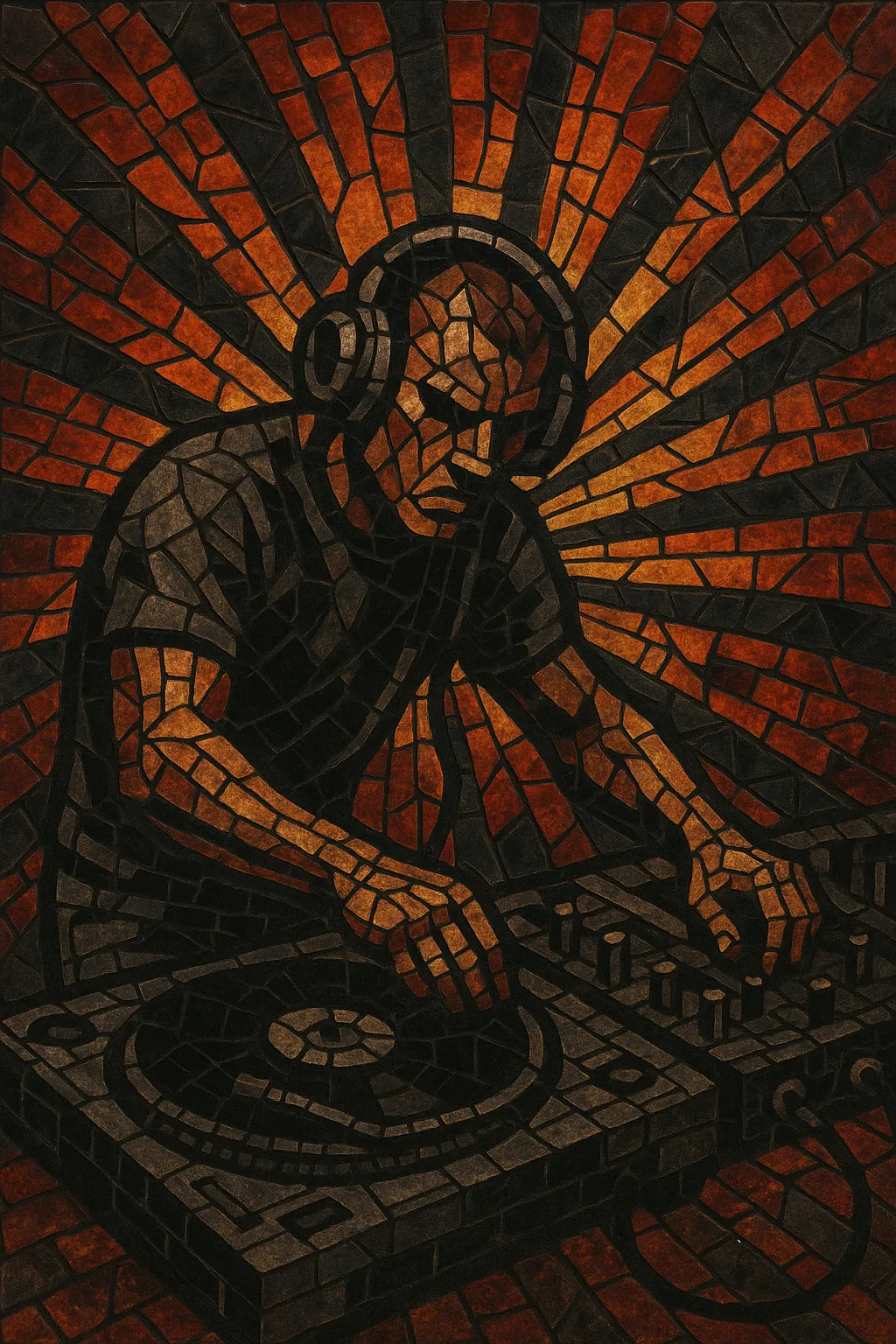
Early hardstyle is the formative, rawer phase of the hardstyle movement that emerged around 2001–2004, primarily in the Netherlands with a strong parallel scene in Italy. Sitting between hard trance and hardcore (gabber), it is defined by reverse‑bass basslines, punchy but not heavily pitched kicks, and gritty synth stabs and screeches.
Tracks typically run at 142–150 BPM, emphasize driving 4/4 grooves, and use minimal but catchy riffs rather than the large, euphoric melodies of later variants. Sound design leans on distorted 909/808 drums, gated/supersaw leads, and short vocal stabs or MC shouts. Arrangements are DJ‑friendly with long intro/outro sections for mixing and a focus on club energy over radio‑style songwriting.
Early hardstyle took shape in the Dutch and Italian hard dance circuits as DJs and producers blended the groove and reverse‑bass of hard trance and hard house with the aggression of gabber and hardcore techno. Dutch events such as Qlimax and early Defqon.1, and labels like Scantraxx and Fusion, provided the platforms; in Italy, Media/Titanic/Dance Pollution and artists around the Bologna/Verona scenes helped codify the style.
By the early 2000s the sonic identity was clear: 145 BPM, reverse‑bass basslines, punchy 909‑style kicks (not heavily pitch‑modulated), screeches and gritty stabs, compact riffs, and sparse, functional breakdowns. The music prioritized dancefloor momentum and DJ mixability. Key records from Technoboy/Tuneboy, Zany/Donkey Rollers, Tatanka, Deepack, Pavo, Luna, Lady Dana, and The Prophet became staples at major hard dance festivals and club nights.
Mid‑2000s production trends (bigger supersaws, more melodic hooks, and heavily pitched, tonal kicks) steered the sound toward what became known as “nustyle” and later euphoric hardstyle. Another branch emphasized grit and percussive drive, feeding into rawstyle. Despite these evolutions, early hardstyle remains a revered, distinct aesthetic—regularly revived in classic sets, retro releases, and modern homages that keep the reverse‑bass ethos alive.

